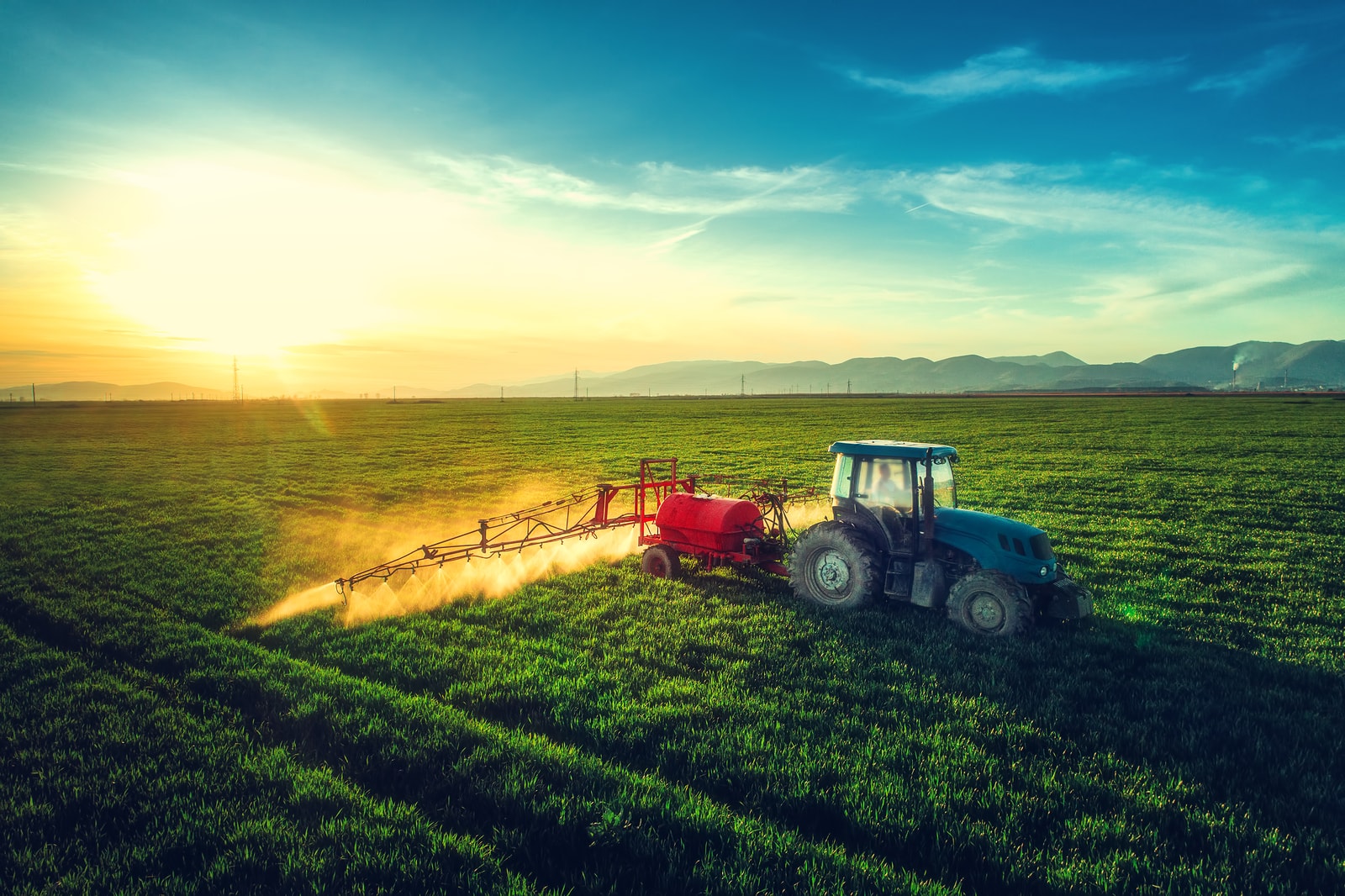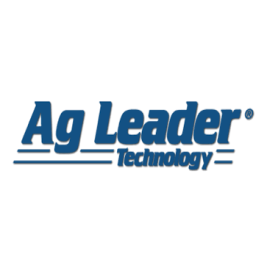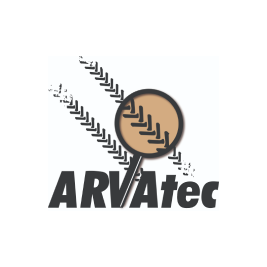WHAT IS PRECISION AGRICULTURE
Precision Agriculture (PA) is an approach to managing the variability in production agriculture in a more economic and environmentally efficient manner. It has been pioneered as a management tool in the grains industry, and while its development and uptake continues to grow amongst grain farmers worldwide, a broad range of other cropping industries have embraced the concept.
TARGETS
Main targets of precision agriculture are:
- build up a record of their farm
- improve decision-making
- foster greater traceability
- enhance marketing of farm products
- improve lease arrangements and relationship with landlords
- enhance the inherent quality of farm products (e.g. protein level in bread-flour wheat)
HISTORY
Precision agriculture is a key component of the third wave of modern agricultural revolutions. The first agricultural revolution was the increase of mechanized agriculture, from 1900 to 1930. Each farmer produced enough food to feed about 26 people during this time. The 1960s prompted the Green Revolution with new methods of genetic modification, which led to each farmer feeding about 156 people. It is expected that by 2050, the global population will reach about 9.6 billion, and food production must effectively double from current levels in order to feed every mouth. With new technological advancements in the agricultural revolution of precision farming, each farmer will be able to feed 265 people on the same acreage.
INTERESTING INFORMATION

Contact
6 Agiou Dimitrioy
57300 Chalastra
Thessaloniki
Greece
+302310792149
info@avtech.com.gr
OPENING HOURS
ΜΟΝ-FRI: 9:00-18:00
SAT: 9:00-14:00
SUN: Closed







